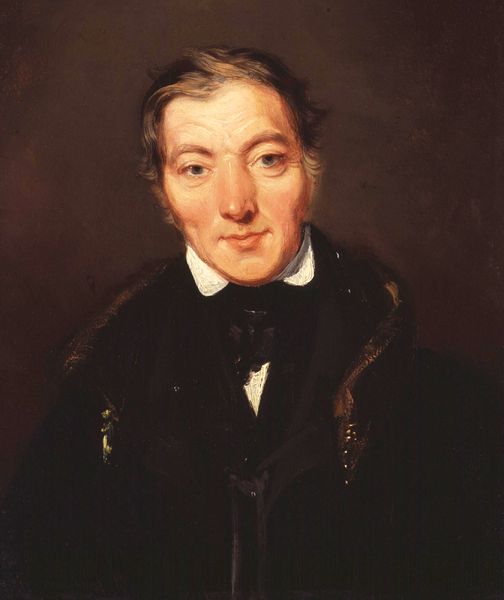by John Urquhart, Harmony Party general secretary

Harmony is an interesting word.
It has an interesting history, too.
The Harmony Society, founded by self-declared German prophet George Rapp, was a Christian organisation that founded a town: Harmony. The town was initially founded in Pennsylvania, but the Harmonists who founded it moved on from Butler County to Indiana, after selling their land for $100,000.
The Harmonists were Lutheran pietists — and this article isn’t really about them: because they ultimately also moved on from Indiana.
Along came Robert Owen to establish New Harmony, dwelled in by the Harmonites: Robert Owen was a curious sort of industrialist who fancied himself as something quite different. In some ways, he was a proto-socialist (he is sometimes referred to as a utopian socialist), despite living in a pre-capitalist society. In 1830 he published “Moral Philosophy”; this was the first treatise published in the United States to call for birth control. New Harmony — as the town was renamed by Owen — was also the first town in the United States to operate mixed public schools, for both boys and girls, thanks to the efforts of educational reformist and teacher William Maclure.
In 1838, Maclure established The Working Men’s Institute; this society for “mutual instruction” is now home to one of the oldest public libraries in Indiana. And Maclure continued to influence US education long after his death: his will offered $500 to any club or society of labourers in the United States which established a reading and lecture room that had a library of 100 or more books. About 160 libraries in Illinois and Indiana took advantage of this.
Sketch of A Plan and Method of Educationwas published by a New Harmonite: the very first work in United States history on the topic of how to educate children, written by Joseph Neef.
Jane Owen Fauntleroy was another important teacher in New Harmony: she established a seminary for girls, where her brother, David Dale Owen, taught science.
Frances Right was also a collaborator with Robert Owen: she co-wrote and edited the New Harmony Gazette with him. In 1825 she had established an experimental settlement at Nashoba, Tennessee; the intention there had been to allow slaves to work to “earn their freedom”. The settlement had eventually failed. At the Gazette, her position against slavery hardened: she opposed slavery, advocated for woman’s suffrage, as well as birth control and free public education.
This focus on education & equality of the sexes in New Harmony, despite the town’s eventual failure (it was in fact poorly governed despite many great ideas, being in some ways ahead of its time and the technical capacity of its occupants to administrate in the way they envisioned), New Harmony became an important centre for science in the United States.
William Maclure, previously mentioned, was President of the Academy of National Sciences between 1817 to 1840, and when he came to New Harmony, he brought a group of artisans, scientists, thinkers, and creatives with him; the most notable of which were Thomas Say and Charles-Alexandre Lesueur. This group’s arrival was sometimes called the arrival of “a Boatload of Knowledge”.
Lesueur was an entomologist and conchologist of great renown; Say is arguably the father of American descriptive entomology and American conchology. He was also known for classifying the fish of the Great Lakes.
David Dale Owen, Robert Owen’s third son, was greatly influenced by the men and women of New Harmony: despite qualifying as a medical doctor, he ended up changing careers entirely, swerving into geology. He was eventually appointed U.S. Geologist in 1839.
In 1846 David Dale Owen was tasked with selecting appropriate stone to build the Smithsonian Institution Building — the Institution having been established by a bill introduced by his brother, Robert Dale Owen, then a member of the US House of Representatives— and recommended the distinctive Seneca Creek sandstone of which that building is constructed.
Is it not fascinating that such a small, failed town in Indiana had such wide-reaching consequences for the United States of America?
In this case the town failed after two years: but of course, New Harmony continued as a town, and the people who had made the attempt did not wholly leave (though many did: the failure was fractious).
New Harmony the social experiment failed for some fairly obvious reasons. Firstly, while Robert Owen can be described as a proto-socialist, he was not in fact a socialist at all: the society he crafted in New Harmony was stratified by age, with people’s roles & jobs determined by their age instead of “to each according to need, from each according to ability” — a phrase that Karl Marx was, of course, yet to popularise (that would come in 1875, with the pamphlet Critique of the Gotha Program). Thus the young were to be taught, the older to work, the oldest to travel.
Indeed, Robert Owen could be said by legacy to have been far more feminist than socialist.
At any rate, New Harmony failed, as stated, principally because its stratification was inherently coercive, the same failing in truth as liberal capitalism; the use of age as the determining factor of what one did was no better than the use of skin colour, sex, or birthright.
Thus it was that while people were committed to the idea, to the “cause” of their social experiment, they were often round pegs jammed into square holes, and this, as individualist anarchist Josiah Warren, who had been a participant in the experiment, said, was the problem of their “‘united interests’… [being] directly at war with the individualities of persons and circumstances and the instinct of self-preservation.”
One cannot build a society from the top down; the bottom exists first, and thus must be dealt with first. Nothing, after all, stands without foundation.
The Harmonists failed to build this foundation. The foundation they could’ve built was true, leaderless democracy; instead, Robert Owen wanted to retain control & direct the project (even though he was not often present over the two years the Harmonist experiment lasted!).
This then is why I have named the new political party I & we have founded, the Harmony Party, after New Harmony: in honour of failed communities, of failed societies, of people who tried as hard as ever they could and still got it absolutely completely wrong — often, simply for fear of relinquishing control, for fear of the dream slipping away if they should do so.
I — and the Party, by its very construction — absolutely lack that fear.
Harmony, the new one, in the modern era, the one built on the rubble of a thousand failed efforts to build a good society, is proud of the failures of the past without seeking to repeat them.
That is why we are a deliberative democracy: we aim to hear, to listen, to speak, to engage, to debate, to get back to the very roots of democracy, the democracy birthed in Athens; but also to marry that ideal with all we have learned in the intervening two thousand and change years.
It may sound like a hair spray.
But it has history.
